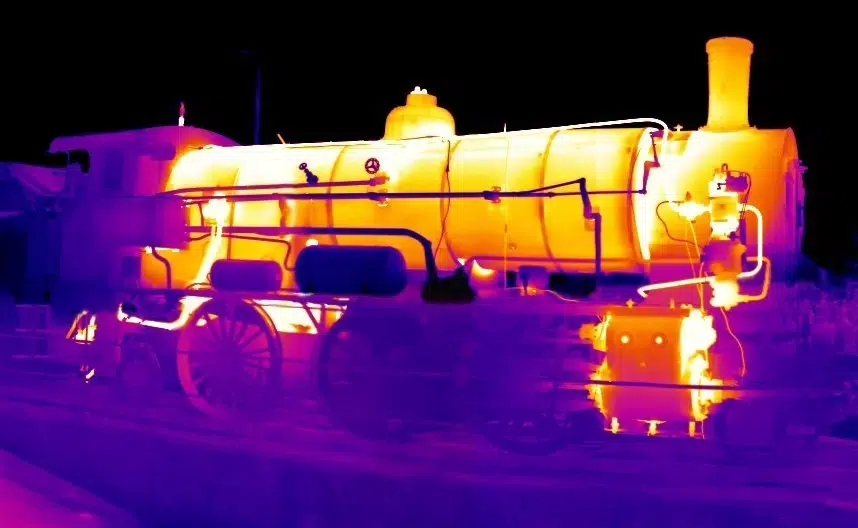
Thermography
Public NDT
Active 7 months ago
Welcome to [NDT Inspection Portal]’s thermography group, a place for professionals to connect and... View more
Public NDT
Group Description
Welcome to [NDT Inspection Portal]’s thermography group, a place for professionals to connect and discuss the latest techniques and technologies in thermography.
Thermography is a non-destructive testing method that uses thermal imaging cameras to detect and measure temperature differences on the surface of components. It is often used to detect hot spots or areas of abnormal heat that may indicate a fault or malfunction within the component. Our member group offers a platform for sharing knowledge and best practices on thermography and its applications in various industries. Join our community of experts from around the world and be a part of the conversation on advancing the practice of thermography.
Reply To: thermographic surveys on hydraulic systems
-
One of the hardest things you will run into in evaluating hydraulic systems using Thermography is the identification of the various emissivity’s found in the hydraulic system you are examining.
As far as identifying faults for the various components each fault type in Thermography may require slightly deferring setups. for example if you are looking for blockages within a specific location in the system then all you need to do, once you know the emissivity of the components under examination is apply mild heating to the region. The areas that retain or allow passed of the fluid material used in the hydraulic system will retain the heat longer and thus will cool less rapidly than those that are devoid of liquids.
For the hydraulic rams things become a little trickier due to the reflective nature of the bare metal the exterior of the ram presents, I am going to assume that for the Ram you are looking for friction resultants or localized heating being caused by excessive force application to the ram arm. If the former is being sought it is very difficult the best success I have had to reduce the effects of the reflectivity of the bare metal of the Ram arm is to examine the component in a darkened environment and or to take a reflectivity measurement prior to cycling the Ram in a cool state then apply this to the post-cycling measurements taken (again if you can move the system into a darkened area this becomes a little easier).
If you are looking for the resultant heat caused by overloading the Ram it is a little easier. You still need to account for reflective energies in the examination area but once this is done it becomes a simple matter of monitoring the Ram as it cycles and watch for localized stresses which can generate non-uniform heat distribution in the Ram. This will give you a general idea that there is overloading on the Ram but if you need precision I would recommend performing a residual stress measurement instead as it is much more precise. As well this requires a fairly sensitive camera to be truly successful (a common e-Type FLIR Camera or spot radiometer will not work). As far as examining the body of the Ram for fluid path flow and/or blockages, once the emissivity of the body is known, simply apply heat (mild) to the overall Ram and check for dissimilar cooling rates, prior to cycling the Ram, this will should show areas where fluids are missing (sometimes you do need to cycle the Ram to try and fill the Ram, if you do then the applied heat after must be such that a uniform temperature is attained over the Ram Body before examining for blockages). If you are interested in monitoring for fluid flow cycle the Ram in the system and continuously monitor it (again a somewhat sensitive Thermography camera is required such as the T-Series or P-Series FLIR Cameras as these will be much more sensitive to slight temperature variations as the system cycles. The hard part about doing this is the diffusion of the heat as it passes through the Ram Body to the surface being examined which is why you need a more sensitive camera. The heat over the true fluid path will tend to be greater than the diffusion region around it. If the camera is not sensitive enough this will be indiscernible.
Hope this helps. Cheers…